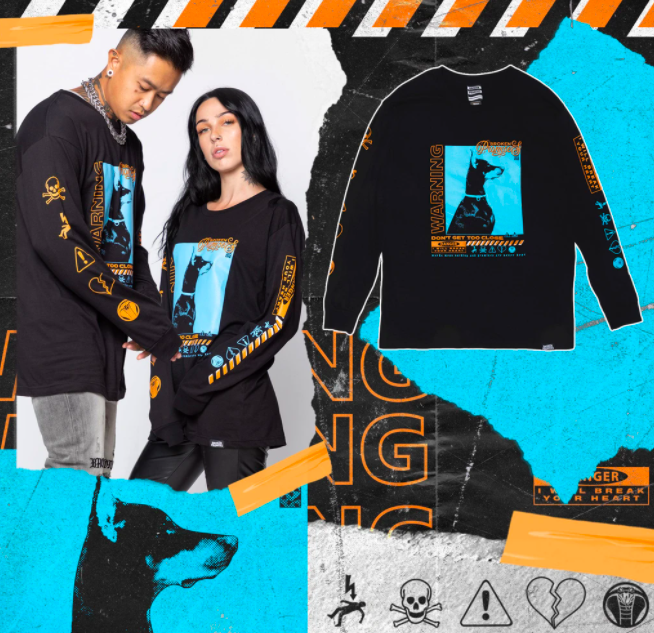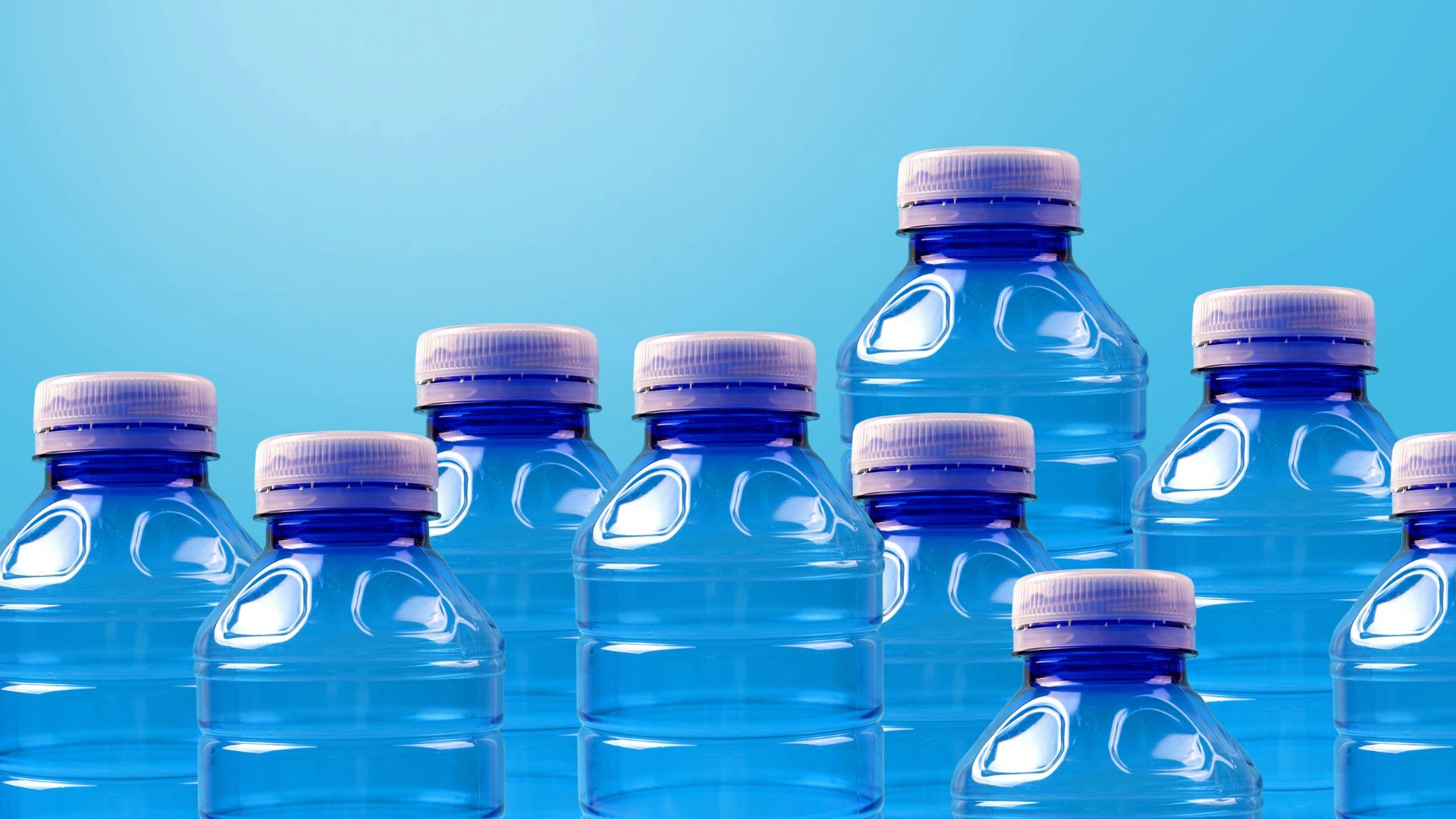Lifestyle
Young Fashionistas Are Falling in Love With This Contemporary Brand “Broken Promises”

Broken Promises is a brand started by Mandee Bence and Jason Blake. The founders began the brand believing that anyone who has suffered from a broken promise will relate to the brand. This Contemporary Brand has now become popular among young Fashionistas because it is incredibly relatable. They aren’t just known for selling apparel but also accessories.
The brand Broken Promises has a primary goal that is rooted in the expression of human emotions and tells a story of shared experiences and memories. Broken Promises is an appropriate choice for the emotionally charged generation who feel very strongly but are unable to express it. But they can do so with their clothing choices.
The brand promotes forward-thinking trends with accessibility and a sense of nostalgia. When a wearer wears something from Broken Promises, then they are trying to communicate something. Typically they would go unseen and unheard, but Broken Promises has transformed that. It has become a must-have wardrobe staple for today’s youth.
Their e-commerce website boasts of very cool and edgy collections of T-shirts and hoodies. On top of that, they also have a great collection of candles for anyone who wants to build an ambiance.
Broken Promises is bringing comfort and fashion together. Their styles aren’t typical colorful styles, but they have an edge that today’s generation loves. The company is building across fashion, music, art, and culture, and the company has quickly expanded globally. It has become a go-to brand for rebellious followers.
Lifestyle
The Evolution of Automated Bottling and Labelling Solutions: From Manual to Fully Integrated Systems

In today’s fast-paced manufacturing and packaging industries, efficiency and accuracy are everything. Businesses across food, beverage, pharmaceutical, and cosmetic sectors rely heavily on bottling and labelling solutions to maintain product consistency, meet compliance standards, and enhance consumer trust. What began as labour-intensive manual processes has rapidly evolved into fully integrated, automated systems that streamline production and boost profitability. Providers such as Rentafill have played a key role in giving businesses access to flexible and scalable solutions, whether they are just starting out or preparing for large-scale operations.
From Manual Labour to Mechanised Assistance
The earliest bottling and labelling methods involved significant human effort. Workers filled bottles by hand and applied labels manually, often resulting in inconsistencies and bottlenecks in production. As demand grew, simple mechanical tools were introduced to aid with pouring and applying labels, reducing spillage and improving alignment. These early steps were crucial in laying the foundation for more sophisticated solutions.
The Rise of Semi-Automated Systems
Semi-automated bottling and labelling machines marked a turning point. By combining manual oversight with mechanical efficiency, businesses could scale production without a complete overhaul of their processes. Operators managed filling levels, adjusted labelling mechanisms, and ensured quality control while machines handled repetitive actions at higher speeds. Semi-automation was especially beneficial for small to medium-sized enterprises looking to meet growing demand without excessive upfront investment.
Fully Automated Integration
Today’s advanced bottling and labelling solutions are often part of fully integrated systems that connect seamlessly with wider production lines. Modern machines are capable of filling, capping, sealing, and labelling at high speeds with exceptional accuracy. Integration with software allows for real-time monitoring, quality assurance, and predictive maintenance, reducing downtime and waste. These systems can adapt to various container shapes and label formats, giving manufacturers the flexibility they need to keep up with changing consumer preferences and regulatory requirements.
Benefits of Automation in Bottling and Labelling
The transition to automated systems has delivered significant advantages:
• Consistency and precision – automated processes ensure uniform product presentation.
• Increased output – high-speed systems enable businesses to meet rising demand efficiently.
• Reduced costs – less labour is required, and waste from errors is minimised.
• Enhanced traceability – integration with digital systems supports compliance and batch tracking.
• Scalability – systems can be customised to suit businesses at any stage of growth.
Looking Ahead
The evolution of bottling and labelling continues as industries move towards Industry 4.0. Smart technologies, including IoT-enabled sensors and AI-driven analytics, are being integrated into packaging lines to optimise performance, detect faults early, and ensure even greater sustainability. The focus is shifting not only towards efficiency but also towards environmental responsibility, with machines designed to minimise material use and energy consumption.
Final Thoughts
From the days of manual filling to today’s fully integrated systems, bottling and labelling solutions have undergone a remarkable transformation. Businesses now have the opportunity to embrace automation in ways that improve quality, productivity, and long-term growth. Whether a company requires small-scale support or a complete packaging line, modern providers are helping industries bridge the gap between tradition and innovation.
-

 Tech5 years ago
Tech5 years agoEffuel Reviews (2021) – Effuel ECO OBD2 Saves Fuel, and Reduce Gas Cost? Effuel Customer Reviews
-

 Tech6 years ago
Tech6 years agoBosch Power Tools India Launches ‘Cordless Matlab Bosch’ Campaign to Demonstrate the Power of Cordless
-

 Lifestyle6 years ago
Lifestyle6 years agoCatholic Cases App brings Church’s Moral Teachings to Androids and iPhones
-

 Lifestyle5 years ago
Lifestyle5 years agoEast Side Hype x Billionaire Boys Club. Hottest New Streetwear Releases in Utah.
-

 Tech7 years ago
Tech7 years agoCloud Buyers & Investors to Profit in the Future
-

 Lifestyle5 years ago
Lifestyle5 years agoThe Midas of Cosmetic Dermatology: Dr. Simon Ourian
-

 Health6 years ago
Health6 years agoCBDistillery Review: Is it a scam?
-

 Entertainment6 years ago
Entertainment6 years agoAvengers Endgame now Available on 123Movies for Download & Streaming for Free
